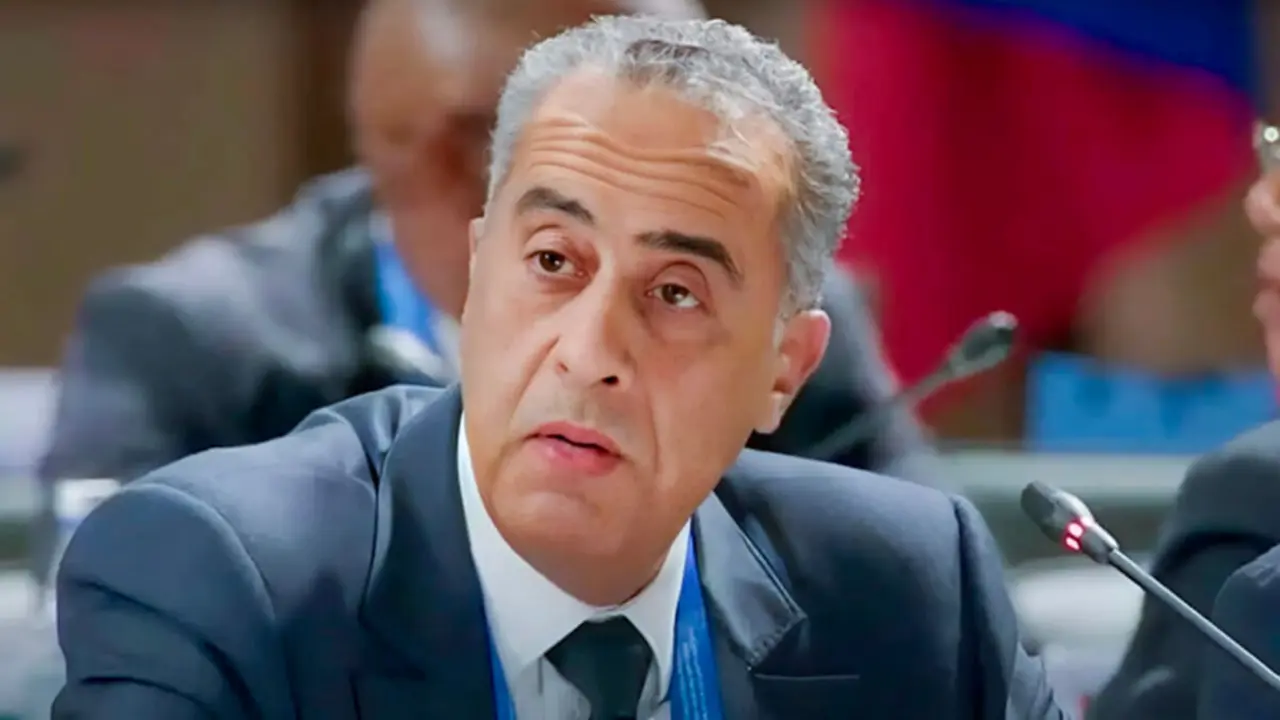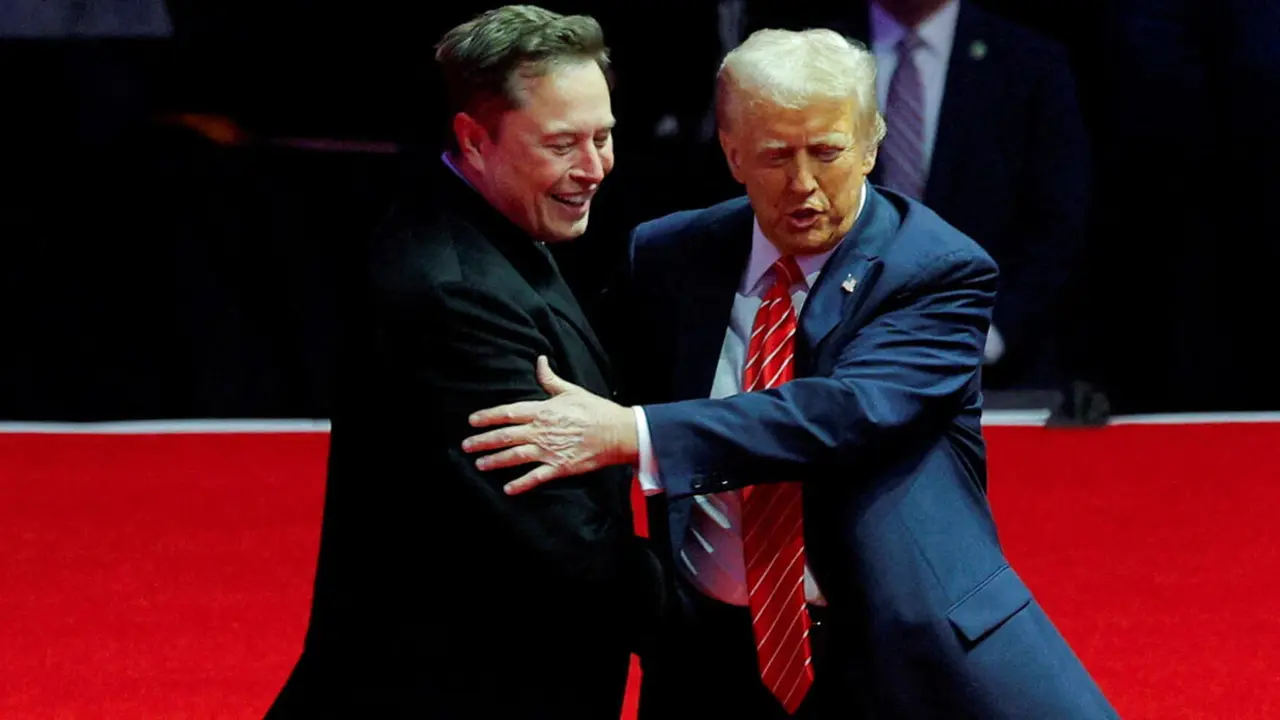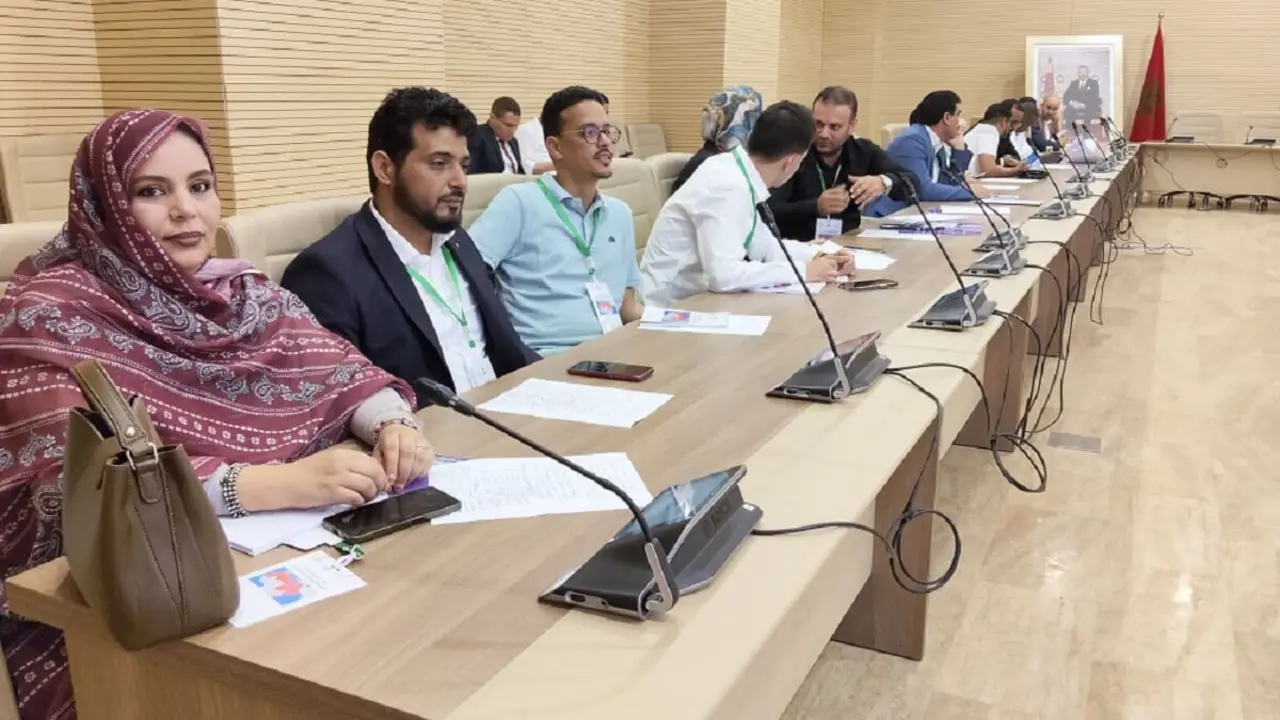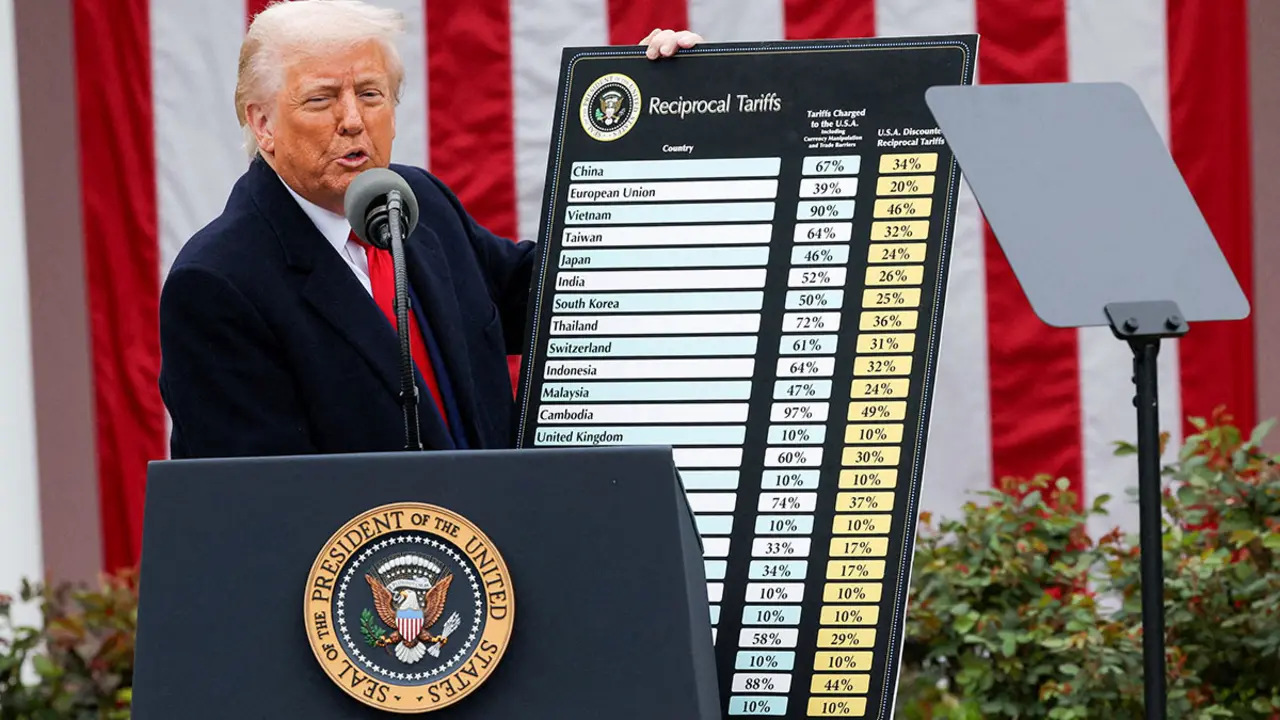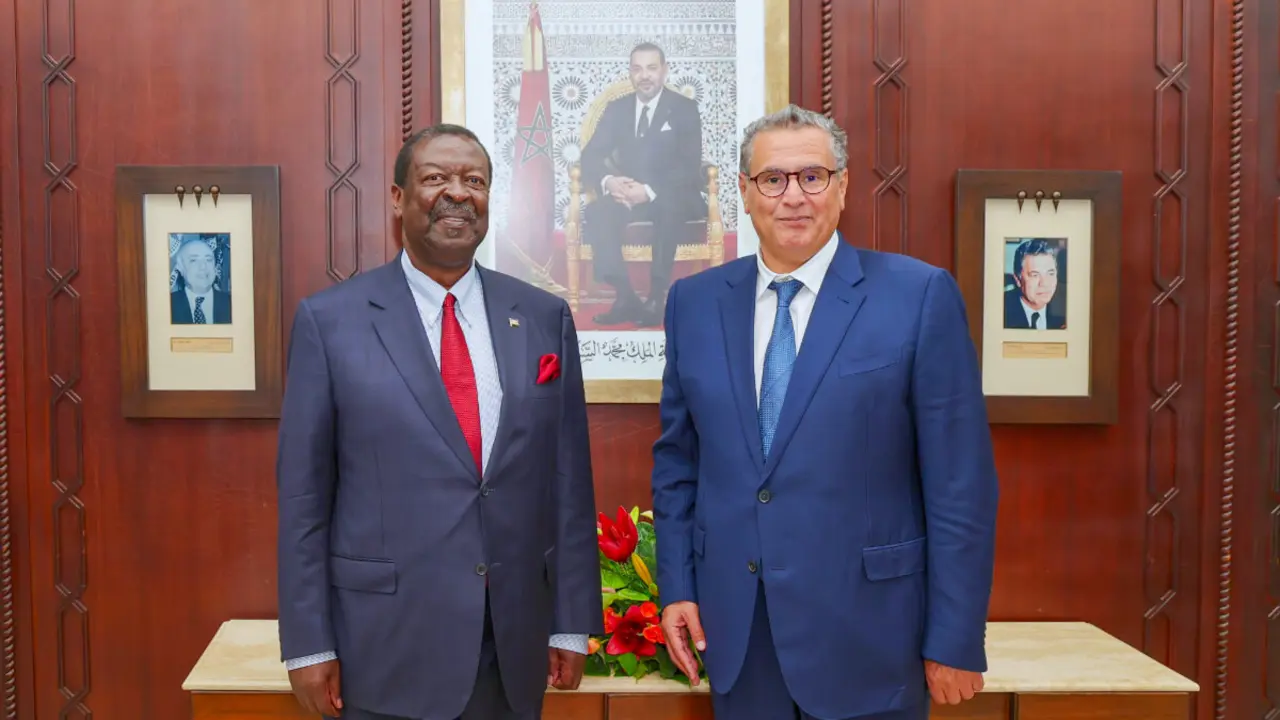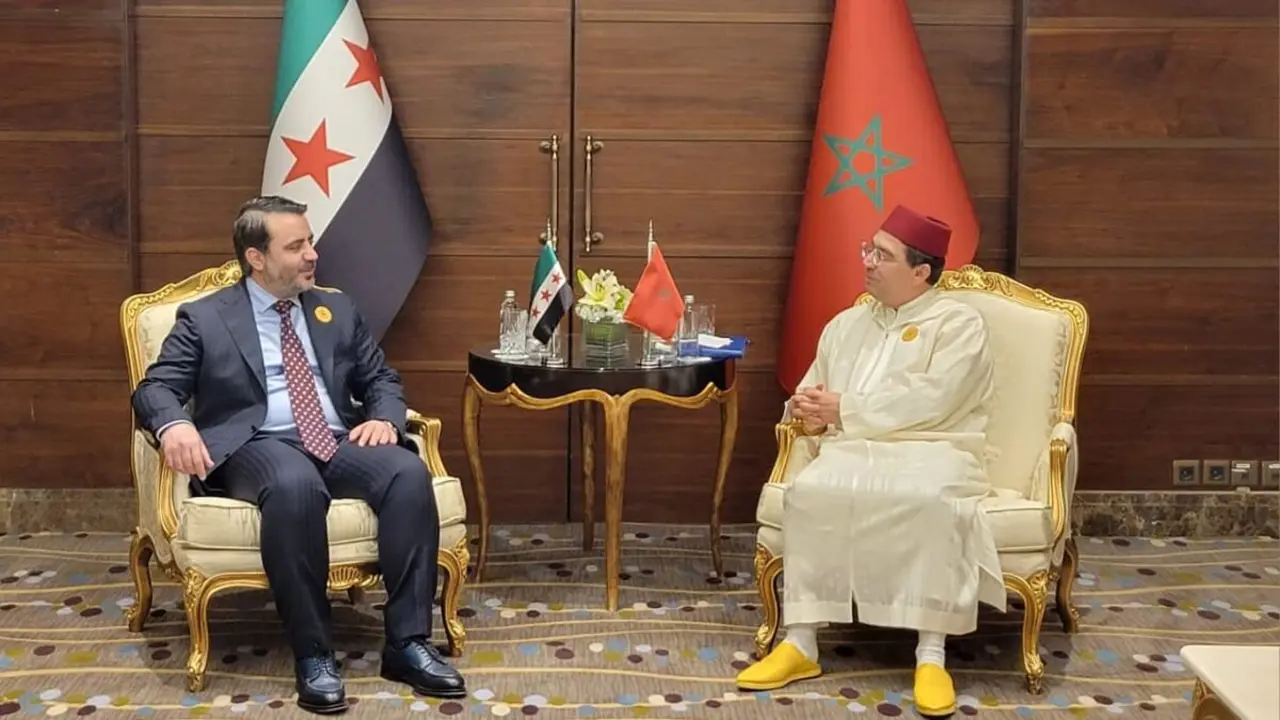Israel seizes control of the Gazan side of the Rafah crossing point
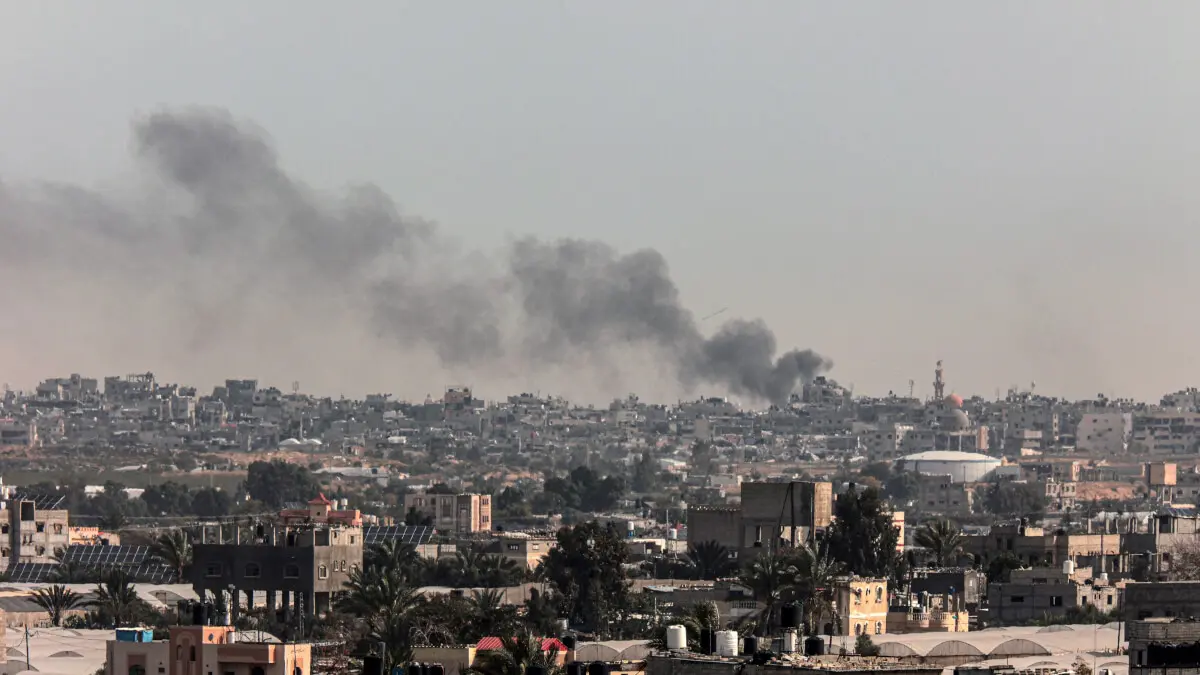
After a night of air strikes on Rafah, the Israel Defense Forces have taken control of the Gaza side of the border crossing with Egypt. For the first time since the Israeli withdrawal from the Gaza Strip in 2005, the IDF controls this important point, which is key to the entry of humanitarian aid into the Palestinian enclave.
This comes amid new negotiations for a ceasefire in Gaza that also includes the release of Israeli hostages held by Hamas and other terrorist groups since 7 October.
Aquí comparto una imagen más fuerte , difundida por @Abualiexpress en su cuenta de Telegram, de la toma del lado palestino del pasaje fronterizo Rafahm a escasos 3 kms de la frontera, por parte del ejército israelí en su operativo contra Hamas en Rafah.
— Jana Beris (@JanaBeris1) May 7, 2024
Esto es un golpe al… pic.twitter.com/uwSVx58O6r
Hamas announced on Monday night, before Israel began its offensive in Rafah, that it accepted the truce proposal presented by the mediators, but Jerusalem stressed that the terrorist group's offer did not meet its demands, giving the green light to the military operation in Rafah.
The Hamas-approved proposal was a watered-down version of an Egyptian offer and included elements that Israel could not accept, an Israeli official told Reuters. "This appears to be a ruse designed to make Israel look like the party rejecting a deal," he said.
The IDF releases footage of it capturing the Gazan side of the Rafah Crossing. https://t.co/Sl3eTqscJS pic.twitter.com/Pz5IWIStCF
— Emanuel (Mannie) Fabian (@manniefabian) May 7, 2024
Separately, Prime Minister Benjamin Netanyahu's office said the war cabinet unanimously decided to go ahead with the IDF operation in Rafah "to apply military pressure on Hamas with the aim of advancing the release of hostages and other war aims".
IDF controls the Rafah crossing pic.twitter.com/85XAiAGosN
— נועה מגיד | Noa magid (@NoaMagid) May 7, 2024
This operation, according to the Israeli military, is based on "targeted strikes" against Hamas in eastern Rafah, which is considered the last stronghold of the terrorist group. However, this town in the south of the enclave is also the refuge of thousands of Gazans from other areas of the territory who have fled the fighting.
IDF says it is asking residents of Eastern Rafah to evacuate.
— Joe Truzman (@JoeTruzman) May 6, 2024
Full IDF statement:
There has been a surge of humanitarian aid going into Gaza. The IDF has expanded the humanitarian area in Al- Mawasi to accommodate the increased levels of aid flowing into Gaza. This expanded… pic.twitter.com/T3F9hMxHFK
For this reason, and because of the serious humanitarian crisis it could trigger, the international community - especially the US - has pressured Israel not to launch a military operation in Rafah.
Before the offensive began, Israel issued evacuation orders for some 100,000 Gazans in parts of eastern Rafah, who were urged to move to a 'safe area' near Khan Younis.
WATCH
— Open Source Intel (@Osint613) May 6, 2024
Footage of the Rafah evacuation today pic.twitter.com/mbzIUQ6DWQ
Netanyahu has been promising for months an operation in Rafah to eliminate the last Hamas strongholds. According to Israeli defence officials, four of the terrorist group's six remaining battalions are in the city, as well as the group's leaders and a significant number of hostages. In fact, last February, Israeli troops managed to rescue two citizens held in Rafah since 7 October.
Israel dropping evacuation notices over Rafah warning civilians to leave the area to the newly expanded humanitarian zone.pic.twitter.com/ccJ65dqySh
— Emily Schrader - אמילי שריידר امیلی شریدر (@emilykschrader) May 6, 2024
While the war cabinet vows to achieve its war aims and end Hamas, the hostages' families and the opposition take to the streets in Tel Aviv and Jerusalem to demonstrate for a ceasefire that would allow the release of the hostages.

